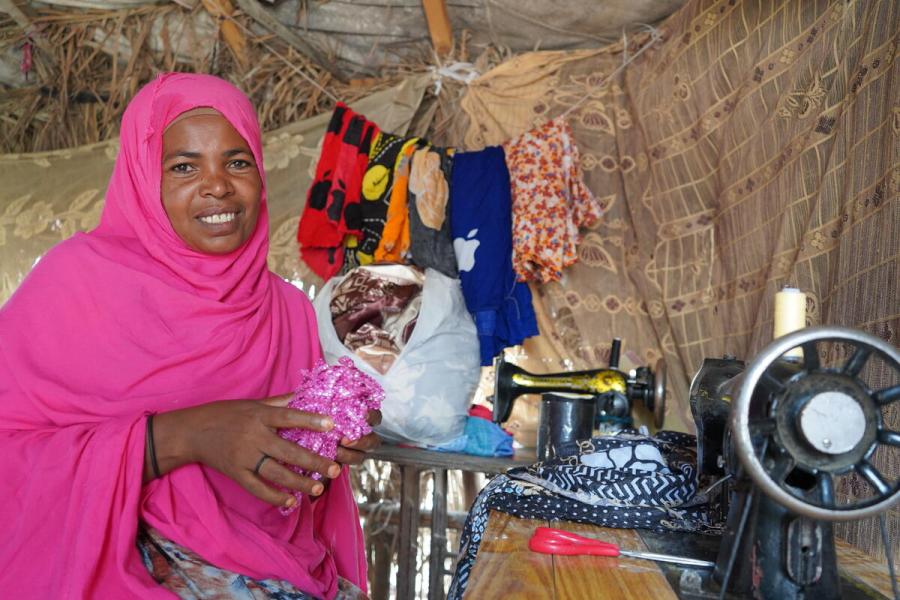Despite a lower-middle-income status, yet prone to recurrent droughts, Djibouti has traditionally maintained a generous open-door policy for refugee inflows. Somali nationals (43%) constitute the largest refugee group in Djibouti, followed by Ethiopians (41%) and Yemenis (11%).
In Djibouti, 85% of refugees and asylum seekers live in rural areas while 15% in urban areas. Refugees and asylum seekers live peacefully and in harmony with their host and contribute to local economies. The Republic of Djibouti has been welcoming refugees for more than four decades.
The country has been providing refugee protection through legislative reforms and has embraced the Comprehensive Refugee Response Framework (CRRF). This UNHCR initiative aims to safeguard the well-being of refugees and their host communities, a precursor to the Global Compact on Refugees. Djibouti has been praised as a leading country in the implementation of the CRRF and has achieved a lot, particularly in including refugees and asylum seekers in national systems such as education, health, and employment.
Latest updates
Populations
Population types
Note: The "Stateless" category does not include stateless people who are also in other categories, to avoid double counting. The total number of stateless, across all categories, is .
NB: 2023 figures are planning figures.
Source: UNHCR Refugee Data Finder for years until 2022, UNHCR planning figures (COMPASS) otherwise.
Population by country
NB: 2023 figures are planning figures.
Source: UNHCR Refugee Data Finder for years until 2022, UNHCR planning figures (COMPASS) otherwise.
Population by origin
NB: 2023 figures are planning figures.
Source: UNHCR Refugee Data Finder for years until 2022, UNHCR planning figures (COMPASS) otherwise.
Financials
Budget and expenditure trend
Source: 2024 budget and 2023 current budget are taken from the budget document approved by UNHCR's Executive Committee in October 2023.
Budget by pillar
Budget by Impact Area
Source: 2023 budget as approved by the Executive Committee in October 2022.
2022 current budget as approved by the High Commissioner as of October 2022; pending presentation to the ExCom's Standing Committee.
Budget by objective
Note: The table presents the budget for this operation broken down at the objective level. Resource allocation at the objective level is subject to change during the course of the year as the operational situation evolves and priorities shift. The current budget, reflected in the bottom line of this table, is updated on a monthly basis and is replaced by the final budget at year-end.
Expenditure by Outcome Area
Budget by Outcome and Enabling Areas
Source: 2023 budget as approved by the Executive Committee in October 2022.
2022 current budget as approved by the High Commissioner as of October 2022; pending presentation to the ExCom's Standing Committee.
Budget by Impact Area
Source: 2024 budget and 2023 current budget are taken from the budget document approved by UNHCR's Executive Committee in October 2023.
Budget by Outcome and Enabling Areas
Narratives
Map
The boundaries and names shown and the designations used on this map do not imply official endorsement or acceptance by the United Nations.
UNHCR GIS data is publicly accessible in the Operational Data Portal






